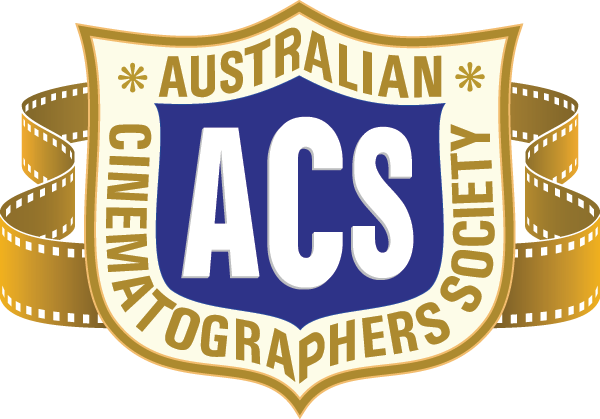Inducted into ACS Hall of Fame – 1997
John started work in 1963 at the ABC-TV at Gore Hill – in the stationary department, dispensing biros and pestering Chief Cameraman Bert Nicholas for a “driver assistant” position. Nicholas got John off his back by giving him the job, and by good fortune cameraman Bill Grimmond took him under his wing. Bill had started at Cinesound during World War II, was camera assistant on Chauvel’s “Sons of Matthew” (1949), and then an accomplished drama camera operator. In the early 1960s the ABC produced some of Australia’s first drama series with Grimmond and Bob Feeney as DOPs and John assisting. From the start John loved drama, with the actors standing in front of a camera doing their stuff, and knowing that this is where he wanted to go.
In 1965 Grimmond persuaded the reluctant ABC heavies to give John a chance as camera operator. John and Grimmond then worked on the children’s series Wandjina! (1965) and they continued working together on drama productions – mostly in 35mm (Delta, Contrabandits, Pastures of the Blue Crane) – until Bill left the ABC to work as 2nd Unit Director/Cameraman on the Fauna Productions TV series, Skippy. In 1970 John also moved to Fauna Productions as operator on the Barrier Reef series and when Fauna produced Nickel Queen in 1971 John operated on his first feature with DOP John Williams. From there on he was working regularly as camera operator with Australia’s leading cinematographers.
He recalls that at first he hadn’t paid a great deal of attention to lighting and after his first attempt in the role of DOP on Deathcheaters (1976), was happy to return to operating. Fortunately, director Maurice Murphy lured him into being DOP on the low budget feature Fatty Finn (1980) and John gained confidence. He then took the position of operator on Gallipoli (1981) with DOP Russell Boyd. After Gallipoli he established himself as a DOP and in 1983 was awarded the ACS Milli Award as Cinematographer of the year for Goodbye Paradise and the AFI award for Careful He Might Hear You.
In 1984 Peter Weir invited him to go to the U.S. to shoot the film Witness. This was the beginning of his international career, next were the films Mosquito Coast (1986), Gorillas in the Mist (1987), Rain Man (1988), Dead Poets Society (1989), Lorenzo’s Oil (1992), The Firm (1993), The English Patient (1996) The Talented Mr Ripley (1998), The Perfect Storm (1999), Harry Potter and the Philosopher’s Stone (2001), Cold Mountain (2003) Prince of Persia (2010) and the Johnny Depp/Angelina Jolie vehicle The Tourist (2010).
As of 2010 John has shot 41 feature films, has won 15 major Awards for Best Cinematography and been nominated on a further 20 occasions. In 1997, John received the Academy Award for The English Patient and granted Doctor of the University by Griffith University. On Jan 26, 2002 he was made a Member of the Order of Australia for his service to the Arts as an Australian and internationally acclaimed cinematographer. In Feb 2011 the American Society of Cinematographers then honoured John as International Cinematographer of the Year.

